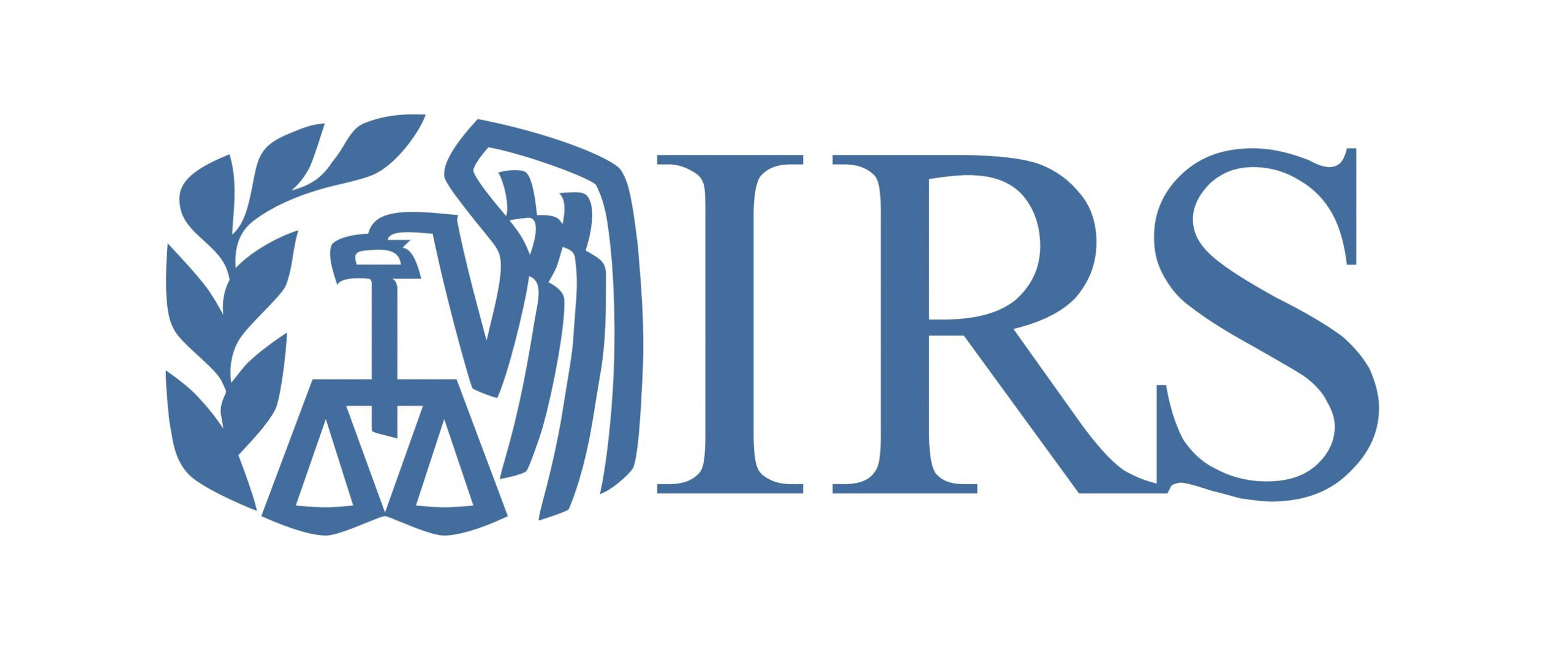IRS Publishes Average Income Test Proposed Rule

On October 29, the IRS published a notice of proposed rulemaking on the Housing Credit Average Income Test (AIT) minimum set-aside for public comment. The regulations, once finalized, would provide guidance on implementation of the AIT, as established by the Consolidated Appropriations Act of 2018 (2018 Act), which allows owners of Housing Credit properties (for purposes of the tax code, the “taxpayer”) to elect to serve households earning as much as 80 percent of area median income (AMI), as long as the income designations of the units in the property average no more than 60 percent of AMI. The proposed rule would modify existing Housing Credit regulations for the “next available unit rule” at Section 1.42-15 and establishes a new regulation for the AIT at Section 1.42-19.
Under the tax code, taxpayers investing in a Housing Credit property must choose a minimum set-aside. Prior to the passage of the 2018 Act, there were two minimum set-aside options: at least 40 percent of units in the project rent-restricted and designated for households at 60 percent of AMI, or at least 20 percent of the units in the project rent-restricted and designated for households at 50 percent of AMI. The 2018 Act created the AIT as a third minimum set-aside option, requiring at least 40 percent of the units in the project to be rent-restricted and designated low-income units, and the average unit designation to be no more than 60 percent of AMI.
A violation of the minimum set-aside — regardless of which option the taxpayer chooses — has significant implications for investors. If the minimum set-aside is not met by the end of the first year of the Credit period, the taxpayer may not claim Credits on the property ever. If the violation occurs in a subsequent year, the taxpayer may not claim Credits on the project until the minimum set-aside is restored. In contrast, other types of noncompliance may result in reduction of the amount of Credits the taxpayer may claim until compliance is restored, but do not prevent the taxpayer from claiming any Credits at all.
In its AIT proposed rule, the IRS requires that all low-income units in a property average 60 percent of AMI or less in order to meet the minimum set-aside requirement. If a unit goes out of compliance for any reason, the proposed rule would provide the taxpayer up to 60 days after the end of the year in which the average was violated to take a mitigating action to prevent the project from violating the minimum set-aside and being disqualified from receiving Credits for that year (or ever, if the violation occurs in year one). The rule allows two types of mitigating actions:
- If a property is not a 100 percent low-income project, the taxpayer may convert one or more market-rate units to low-income units, as long as the market-rate unit(s) is either vacant or occupied by an otherwise qualified tenant; or
- The taxpayer may designate one or more otherwise qualified low-income units as “removed units” and not count those units in the average income computation, thus re-establishing an average of 60 percent or less of AMI. However, the taxpayer also may not count removed units in their Credit calculation until compliance has been restored. If removing the units causes the total number of qualified low-income units to fall below 40 percent of the units in the project, then the project fails the minimum set-aside.
The proposed rule prohibits the taxpayer from changing the designated imputed income limitation of units in order to reestablish compliance with the minimum set-aside. For example, if a household moves into a unit designated at 30 percent of AMI, but the household’s income is 32 percent of AMI, the taxpayer may not redesignate that unit as a 40 percent unit, even if the redesignation would not cause the project’s overall average to exceed 60 percent of AMI.
The proposed rule provides guidance on how the next available unit rule would work in projects with market-rate units if multiple low-income tenants in units with different imputed income designations exceed 140 percent of their unit’s income designation at the same time. In such an instance, the regulation does not require the taxpayer to apply the next available unit rule in any specific order.
Comments are due to IRS 60 days after the publication of the proposed rule in the Federal Register, which we expect to be soon. Please send your feedback to Jennifer Schwartz by December 1 if you would like NCSHA to consider them in our comment letter.

